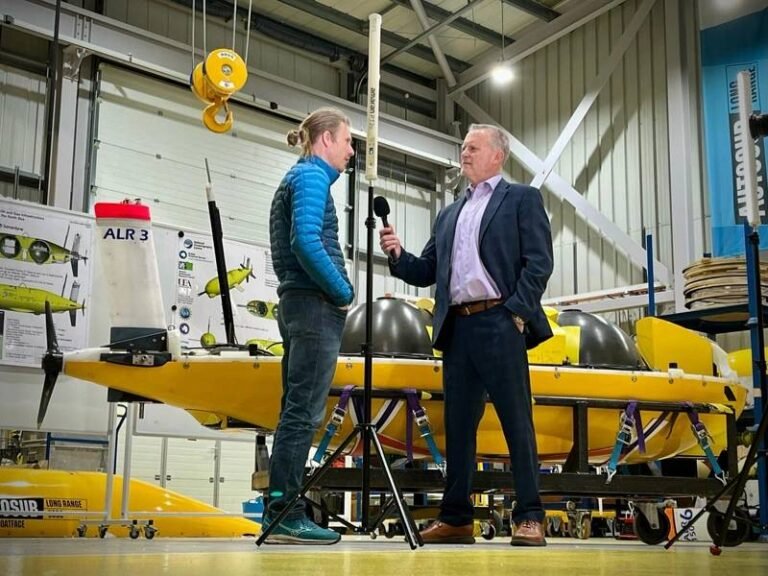Overall, the innovation in subsea robotics at the National Oceanography Centre in Southampton is driven by the need for persistence, under-ice exploration, and understanding the carbon cycle. The fleet of autonomous vehicles at NOC is constantly evolving to meet these demands, with a focus on robustness and the integration of new sensor technologies.
As technology continues to advance, the possibilities for underwater autonomous systems are expanding. New sensor technologies, lab-on-chip capabilities, and advanced imaging systems are allowing researchers to measure a wider range of parameters and tackle new ocean science challenges. The long-range vehicles at NOC are also able to carry more sensors, creating a more capable platform for gathering data.
With the increase in data collection comes the need for advanced data analysis techniques, such as machine learning, to process and interpret the vast amounts of information being generated by these autonomous systems. As researchers continue to push the boundaries of what is possible with underwater robotics, the future of subsea exploration looks promising.
Overall, the work being done at the National Oceanography Centre in Southampton is at the forefront of subsea robotics innovation, paving the way for new discoveries and advancements in ocean science. The dedication and expertise of the team at NOC are driving the evolution of efficient, effective underwater autonomous systems that will shape the future of marine research.
The Impact of AI and Machine Learning in Marine Technology
In the world of marine technology, the days of PhD students manually analyzing thousands of images of the seabed are coming to an end. Thanks to advancements in AI and machine learning, researchers and scientists can now utilize smarter tools to streamline their work and make groundbreaking discoveries.
AI and Machine Learning in Action
Alex, a marine technology expert, sheds light on the practical applications of AI and machine learning in the field. Collaborating with the Oxford Robotics Institute, they have developed algorithms to pilot gliders in the North Sea, reducing human intervention and enhancing efficiency.
One key area where AI shines is in data interpretation. By leveraging machine learning tools, researchers can sift through vast datasets generated by marine vehicles and extract valuable insights. For instance, AI can help identify faults onboard vehicles, enabling quick diagnosis and resolution of issues that may arise during operations.
Memorable Missions and Technological Milestones
Reflecting on past missions, Alex recalls a standout moment during the NERC-funded BIO-Carbon Program. Launching ALRs equipped with biogeochemical sensors from Iceland to Scotland, the team achieved a remarkable feat in autonomous underwater navigation and data collection. The mission showcased the potential of advanced sensors and autonomous vehicles in conducting cutting-edge research.
Pursuing Persistent Operations
As the quest for persistent AUV operations continues, the focus has shifted towards enhancing endurance and energy efficiency. While some opt for seabed docking and recharging, others, like Alex’s team, rely on primary batteries and low-power sensors to extend mission durations. With careful energy management, AUVs can operate for up to six months, opening up new possibilities for long-term data collection and monitoring.
As technology evolves and challenges are met head-on, the future of marine technology looks promising. With AI and machine learning driving innovation and efficiency, researchers can delve deeper into the mysteries of the ocean and unlock valuable insights that were once out of reach.
For more insights from Alex Phillips and the latest advancements in marine technology, watch the full interview on Marine Technology TV.

